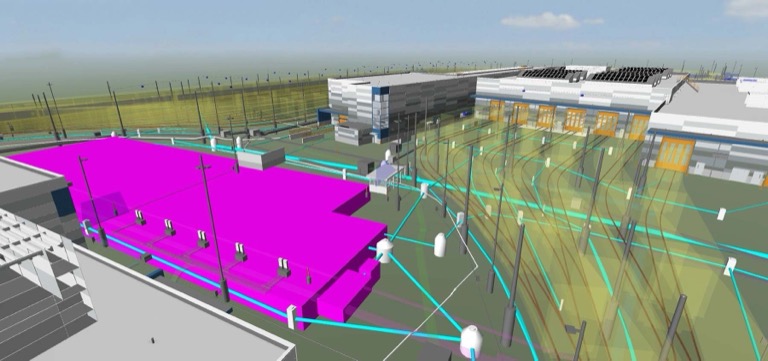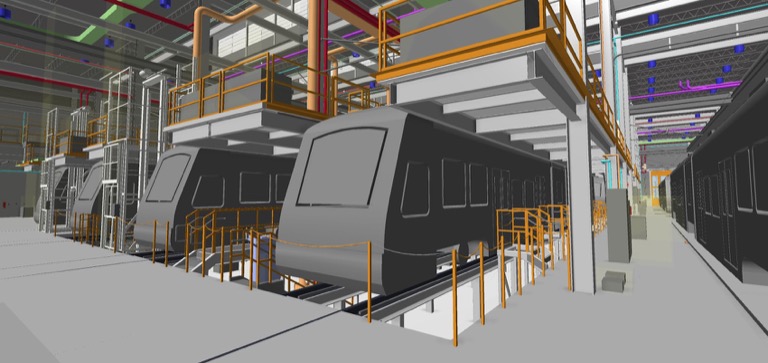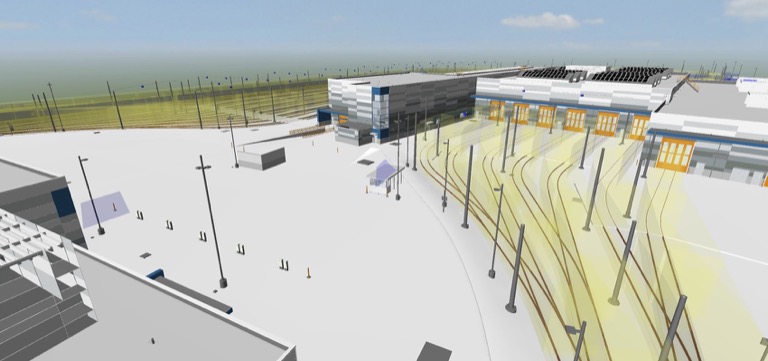Sound Transit uses digital collaboration to meet Seattle’s growing infrastructural needs
Established in 1996, Sound Transit is the regional transit authority serving the Greater Seattle area. Tasked with planning, building, and operating an integrated high-capacity transit system, Sound Transit manages light rail, commuter rail, and bus rapid transit services.

Rapid city growth calls for improved design-build efficiency
As more people and jobs come to Seattle, expanding reliable transit is key to keeping the city moving. With the population projected to reach 1.6 million by 2050, investing in transportation has never been more critical. To keep pace, Sound Transit was tasked with building 116 miles of light rail, a new Bus Rapid Transit program, and expanded commuter rail services. Together, these projects were designed to ease congestion and reduce the gridlock in the city. A major setback for Seattle’s working communities.
Backed by a $220 million investment, the Sound Transit Operations and Maintenance Facility (OMF) will transform transportation across the Puget Sound area. The light rail vehicle (LRV) fleet will expand from 62 to 184 vehicles, improving connectivity and making work opportunities more accessible for residents throughout the region. Undertaking a project of this scale comes with significant challenges. The solution lies in leveraging advanced digital design tools and a strong collaboration platform.

Sound Transit leverages Revizto for coordination across teams and locations
On a project of this scale, coordination across disciplines and locations was essential. The team implemented Revizto early in the design phase as a secure, cloud-based, model-review solution. Models from Revit, Civil 3D, Navisworks, and iConstruct were uploaded to Revizto daily, ensuring that all stakeholders (spread across three time zones, seven cities, and two countries) had real-time access to the most up-to-date project information.
Rail alignment is never an easy project to manage, especially within the constraints of a live environment. Success depends on narrow time frames and a strict sequence of work. Thanks to Revizto’s easy accessibility, decision-making was never delayed. Every team member, regardless of location, language, or specialty, could visualize the current design across all areas and carry out their role effectively. As a whole, this included: architecture, interiors, industrial equipment, structural, mechanical/electrical/plumbing services as well as information and communication technologies.
Civil 3D was used to model site surfaces (largely underground storm, sanitary, water, and gas lines) as well as underground tanks and structures. It was also applied to model track alignments and LRV dynamic envelopes. Revizto enabled teams to manage this in no fewer than 60 model files.
Each day, the design-build team and Sound Transit could visualize the current design across all areas of the facility. This accessibility led to a significant improvement in collaboration and engagement, as the model could be viewed by anyone, anywhere, at any time.
Detecting clashes, resolving issues, and cutting costs
Revizto’s issue tracker became the central hub for model issues and clash management, streamlining collaboration and accountability. By visualizing and resolving conflicts early, the project team saved thousands of dollars in potential change orders and avoided construction delays. The efficiency gains improved collaboration, accelerated decision-making, and kept the project on schedule.
From day one, the team was better equipped to handle clash resolution and design challenges because these tools kept communication and accountability transparent.

| Challenges | Solutions |
|---|---|
|
|


